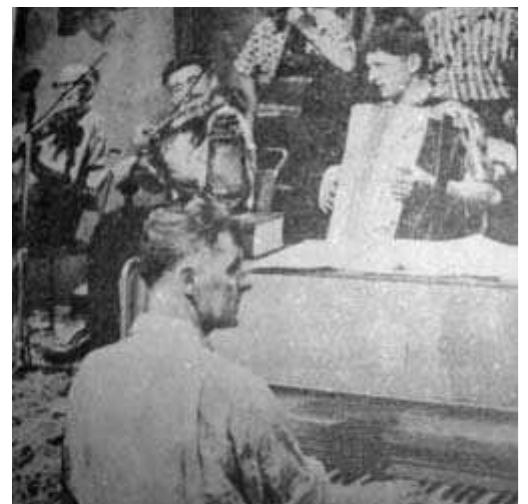
In the earlier installment of this series, we explored the journey of the English navigator Sir Robert Dudley (1574–1649), concluding with a dialogue about the scientific tools he bequeathed, now preserved at the Museo Galileo in Florence. These tools were crafted by various artisans, and today, our attention shifts to one that has yet to be discussed: James Kynvyn (circa 1550–1621).
James Kynvyn stands out as a fascinating character in the realm of English instrument creation during the late sixteenth century due to his unconventional origins. Information about Kynvyn’s formative years is limited, primarily reconstructed from his will dated September 1615, where he is referenced as Jacobus Kynvin, a citizen and Merchant Taylor of London—an atypical career path, as numerous contemporary instrument makers like Thomas Gemini, Humfrey Cole, and Augustine Ryther transitioned from engraving and goldsmithing to instrument crafting. Unlike his contemporaries, Kynvyn did not participate in map or engraving projects, and his initial instruments reflect a lack of engraving skills.
The Court Minutes of the Merchant Taylor Company, dated 26 October 1573, disclose:
“The Mr [Master] and Wardens aforementioned, at the contemplation of my Lord Mayor his Honour and the petition of Sir Thomas Offley Knight, have admitted James Kynvyn to freedom by redemption without charge.”
This indicates Kynvyn’s elevated societal position, potentially granted through familial connections, as evidenced by the Will of John William Kynvyn (1617), which refers to him as ‘gentleman.’ Kynvyn’s matrimony to Elizabeth Coke was documented in January 1574. Hailing from Llantilio in Monmouthshire, he lived on Fleet Street, London, at the time of his death—highlighting his unique social status compared to other instrument makers who typically started their careers as apprentices.
Only twelve surviving instruments bear Kynvyn’s mark, all produced in the decade following his debut in 1593, indicating a short yet intense career in this domain. It remains unclear why he initiated or terminated his instrument-making endeavors after a relatively brief period.
A remark from Gabriel Harvey (1545–1631), the Elizabethan critic and poet, in his personal copy of “The Mathematical Jewel” (1585) by John Blagrave, lauds Kynvyn’s craftsmanship:
“His [Blagrave’s] well-known staff, recently published in 1590. The Instrument itself crafted and sold by M. Kynuin of London near Powles. An excellent workman and my dear friend: first recommended to me by M. Digges, and M. Blagraue himself. … Mr Kynvyn sells the Instrument in brass.”
The earliest identified Kynvyn device is a compendium created for Robert Devereux, 2nd Earl of Essex, a favorite of Queen Elizabeth and closely allied with Robert Dudley.
A compendium is a collection of various components, much like a Swiss Army knife among scientific instruments, incorporating sundials, compasses, calendars, maps, astrolabes, and other elements, designed in various shapes and formats. The compendium Kynvyn crafted for Devereux contained a nocturnal, latitude table, magnetic compass, directory of ports and harbors, perpetual calendar, high tide calculator, lunar phase indicator, and an astronomical aspectarium, among additional features.
Numerous Kynvyn instruments, including an astrolabe, navigational compasses, and a theodolite, can be found in the Museo Galileo in Florence—four of which are credited to him through Gerard L’E Turner’s assessment. These instruments, primarily commissioned by prominent individuals like Dudley and Devereux, underscore Kynvyn’s affiliations at the royal court.
In conclusion, Kynvyn presents an enigmatic persona in Elizabethan science, diverging from the typical archetype of English instrument makers of his era, due to his social status and limited professional engagement. His legacy, characterized by precision instruments housed in prestigious collections today, raises more inquiries than resolutions regarding his life and career.